When you try to find all 24 hidden critters in these photos, you'll understand why animal camouflage is such an effective tool for survival.
For animals that have developed it, camouflage is often their first line of defense against predators and their best offense to catch their prey. Today, we look at 24 astounding examples of camouflage that make animals perfectly blend in with their environment:
Viewing note: After each picture, the animal will be revealed in the following slide.
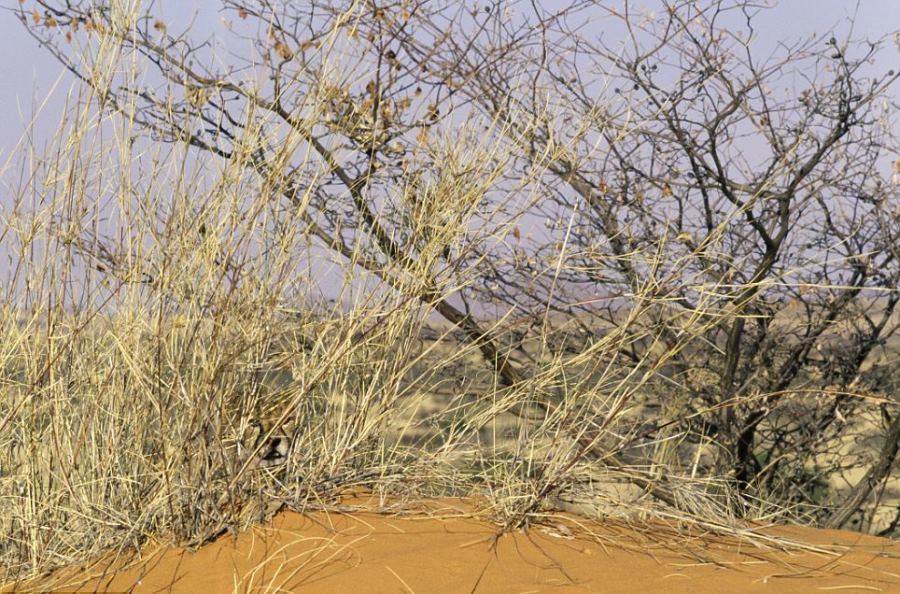
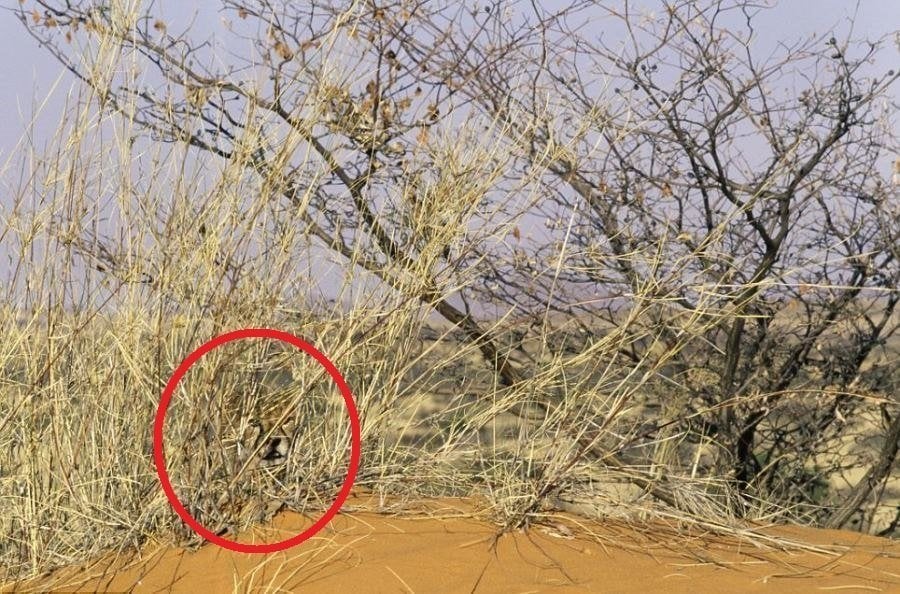



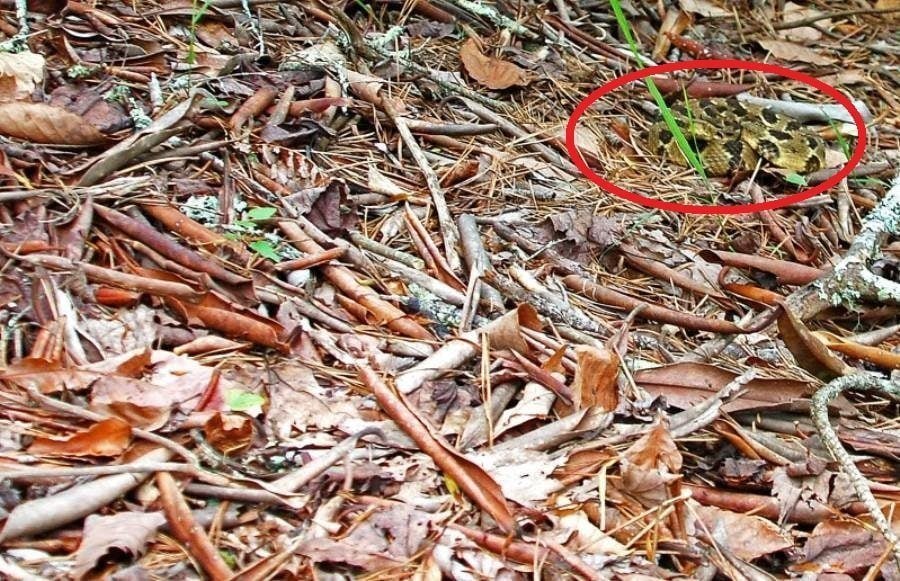
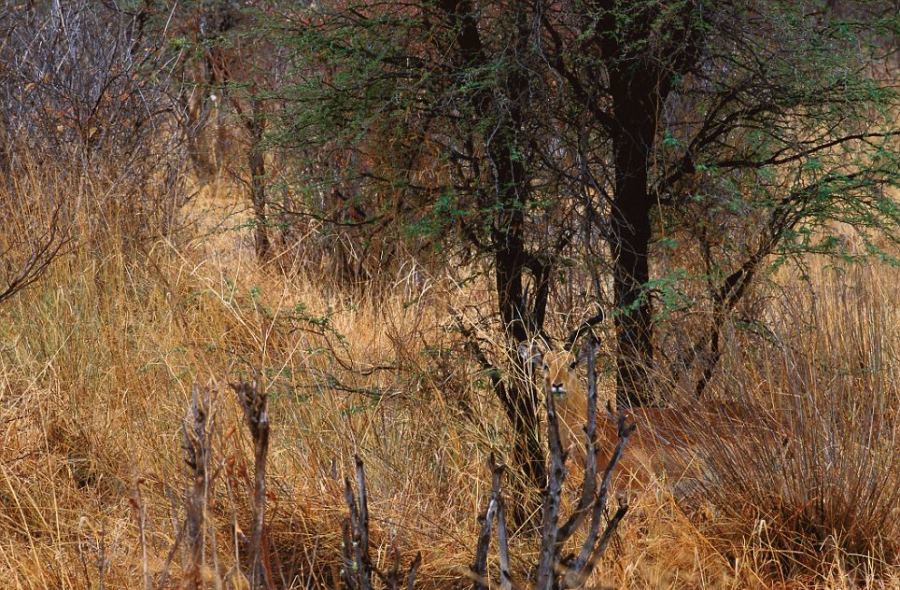

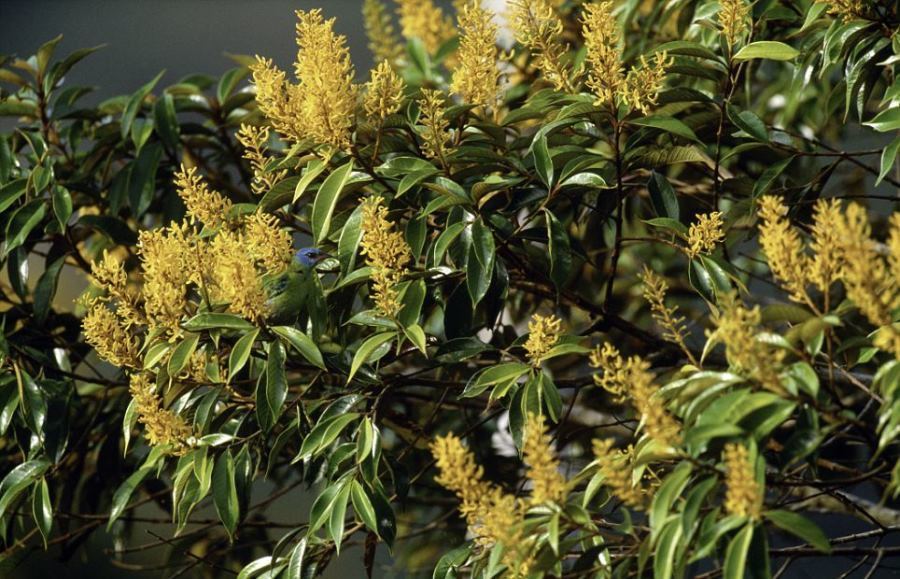
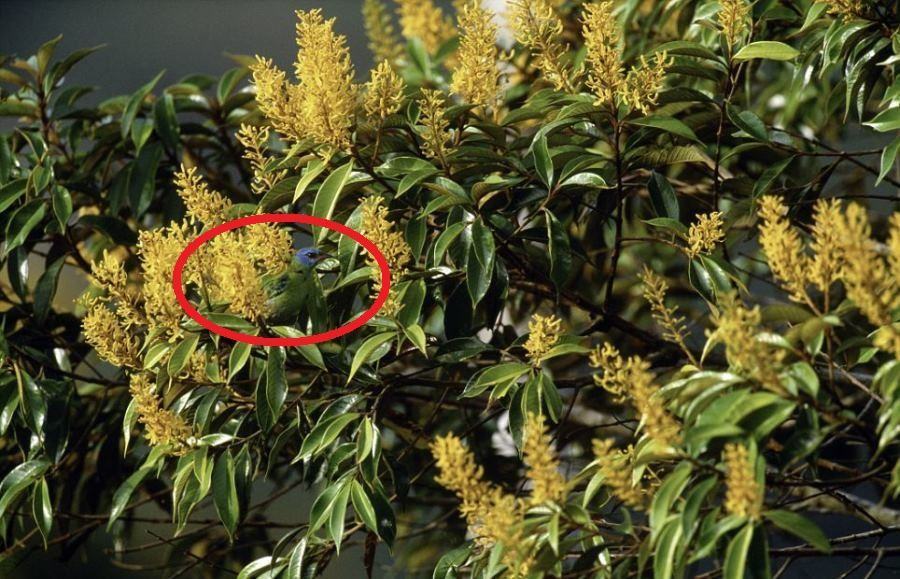
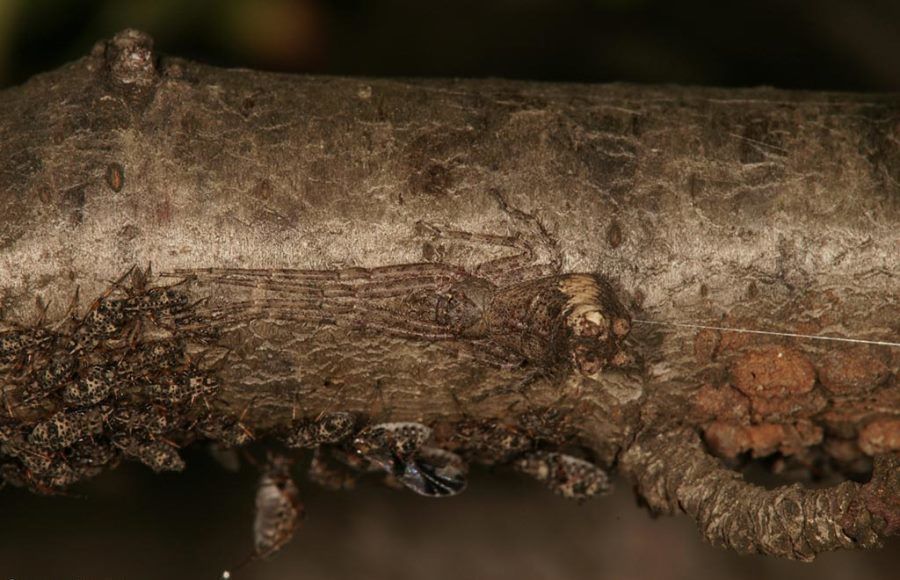

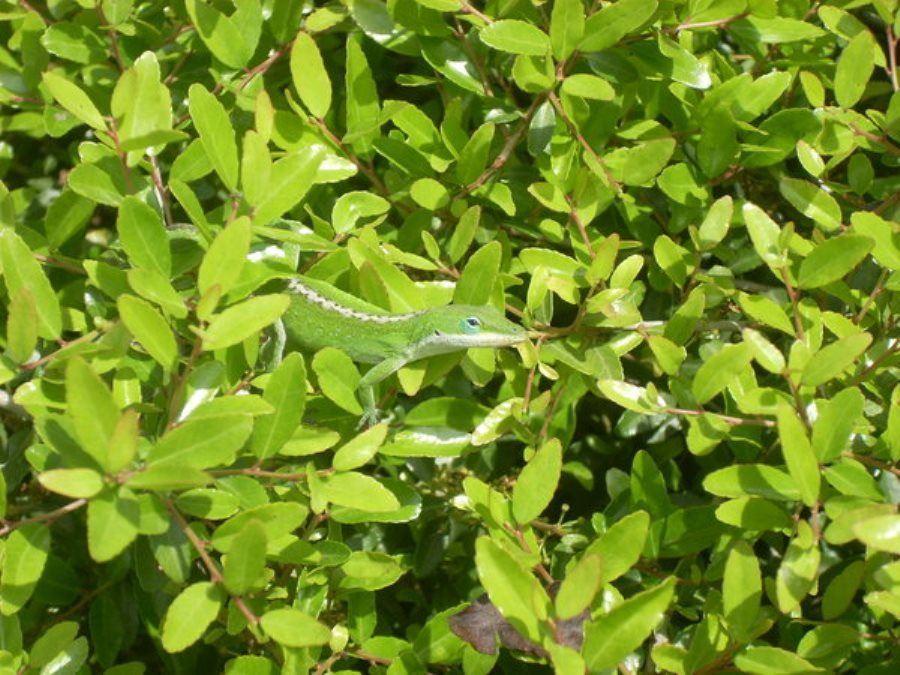
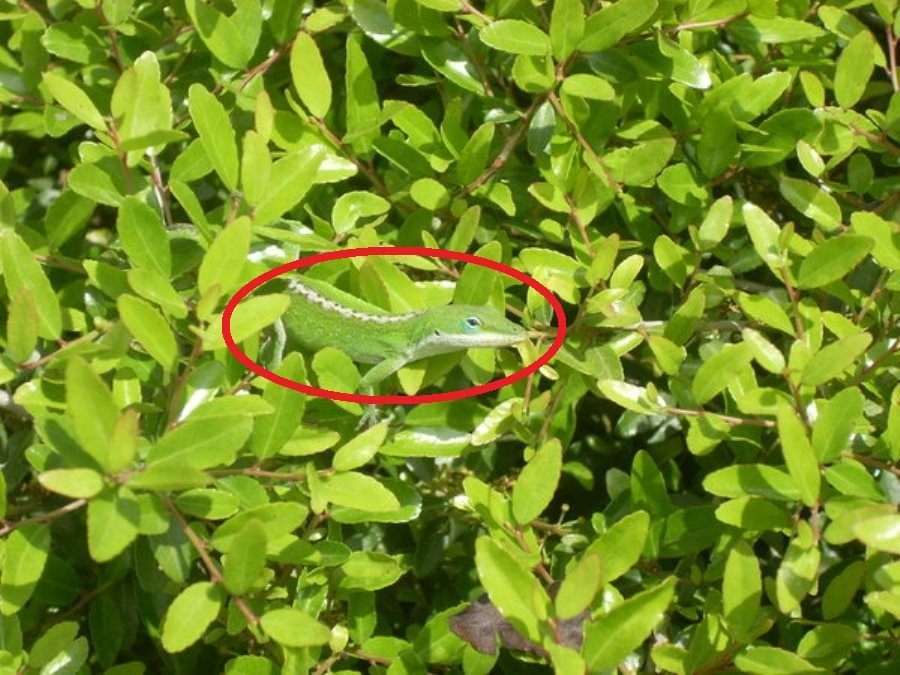
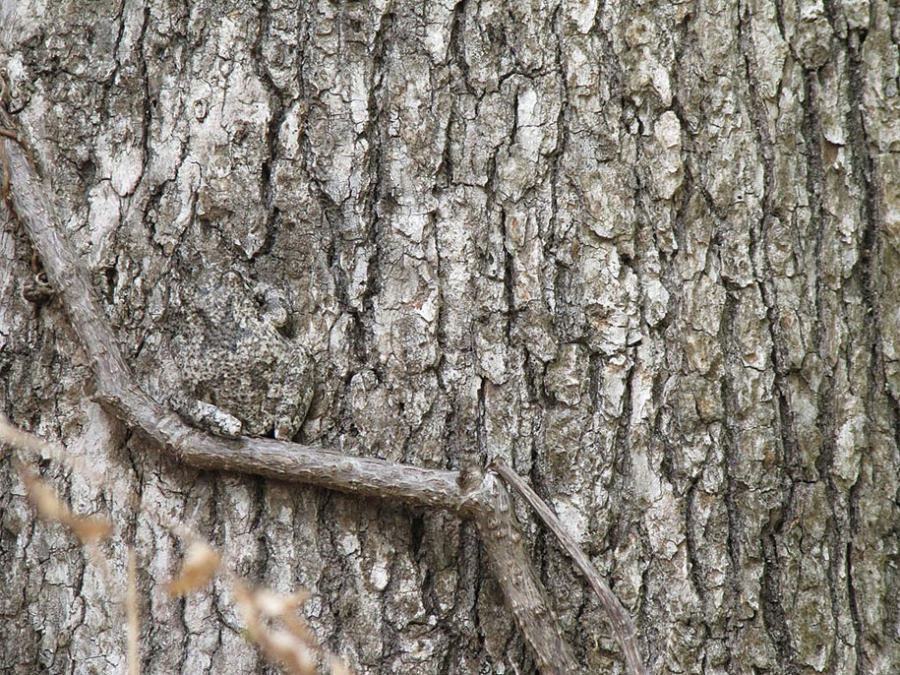
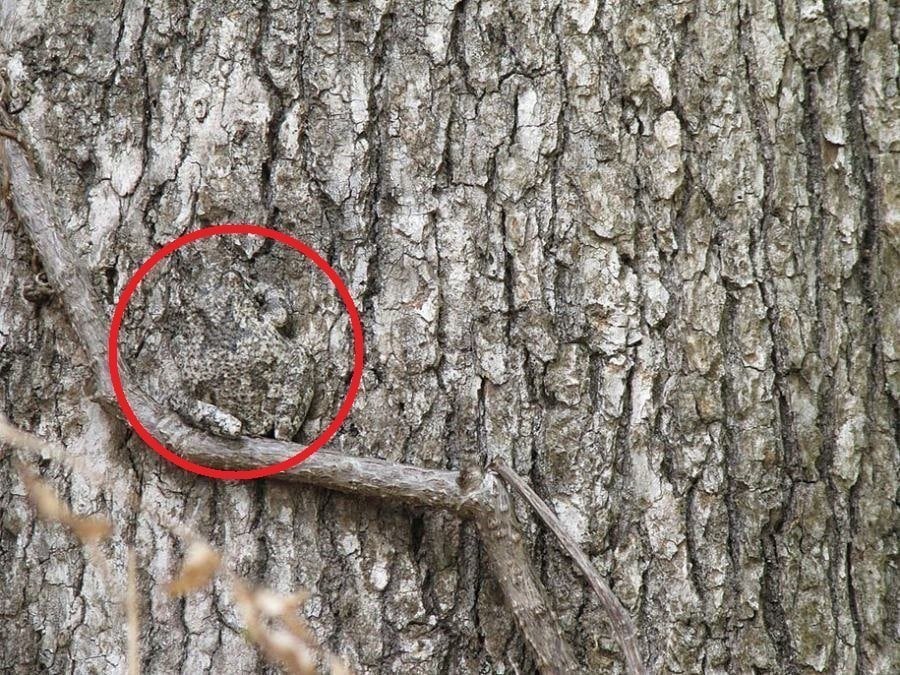
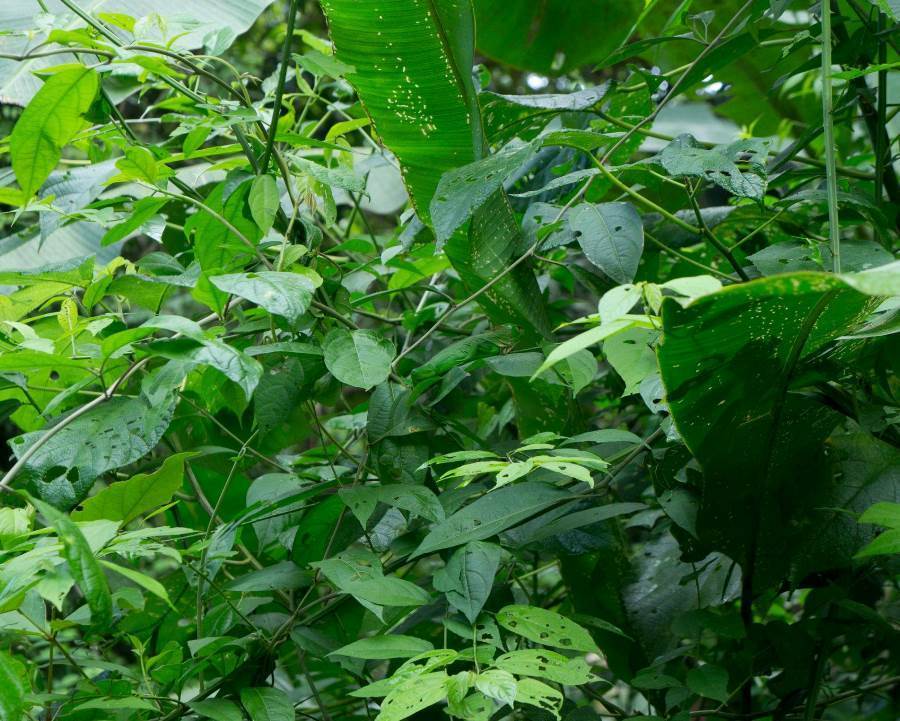
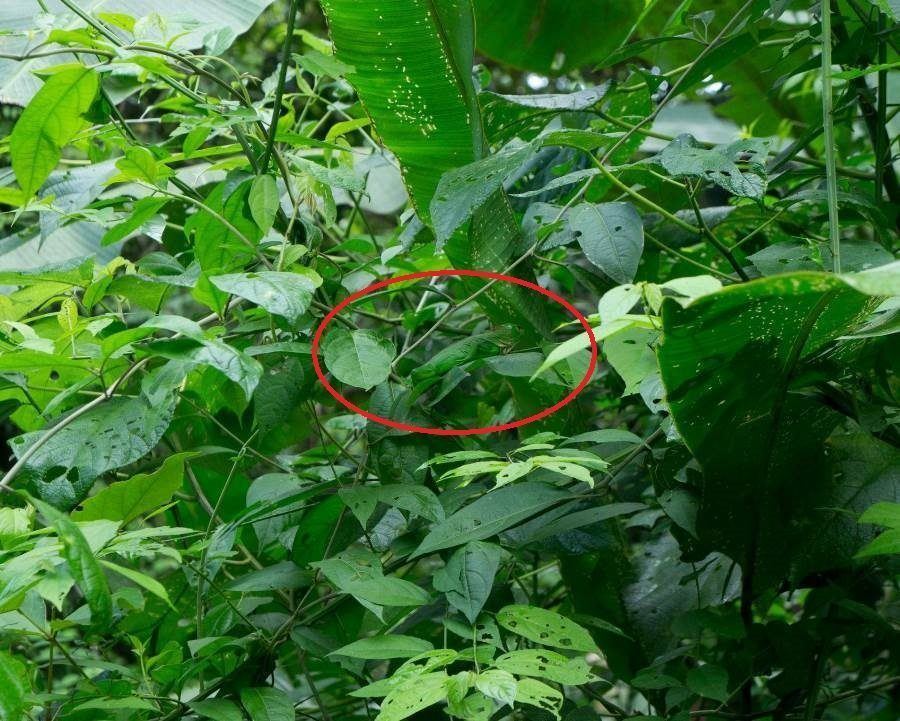
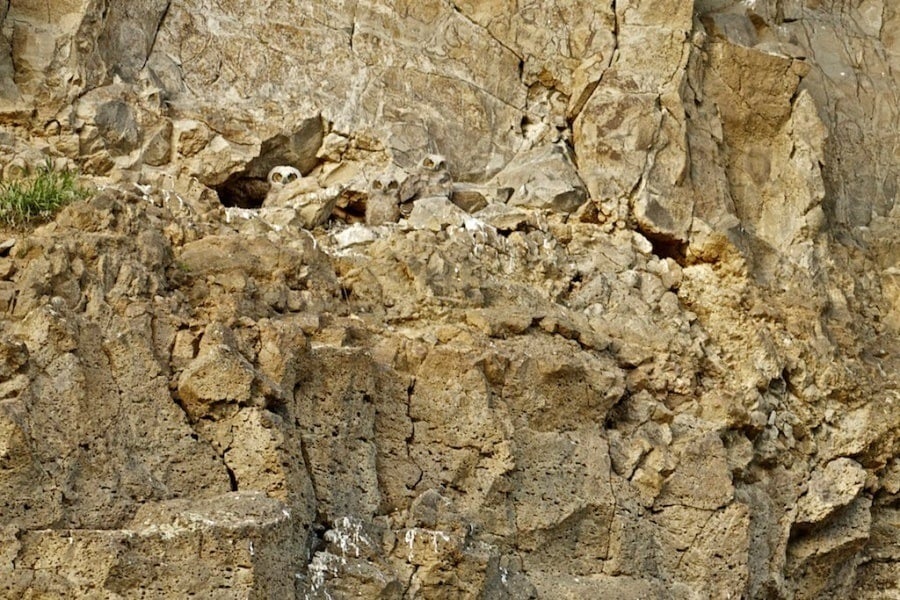
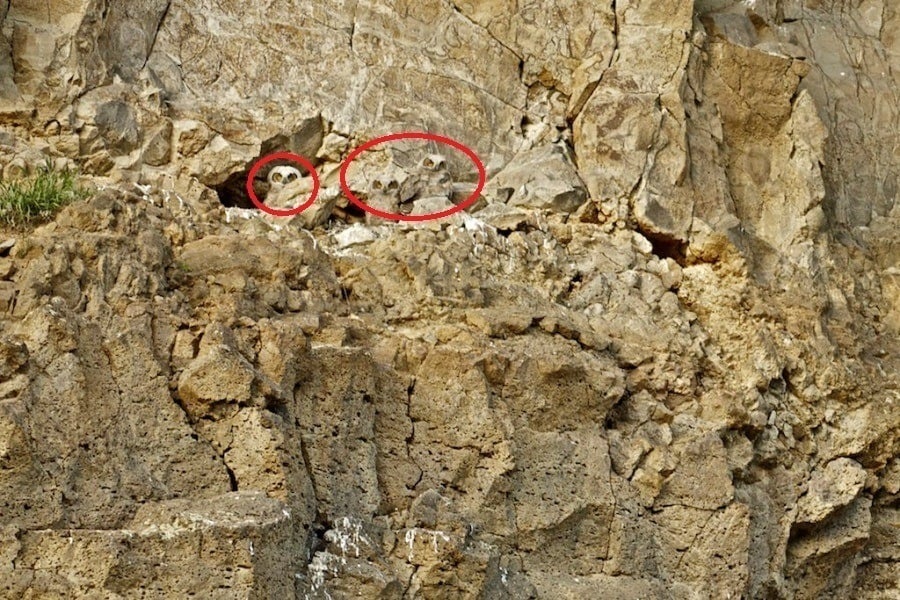


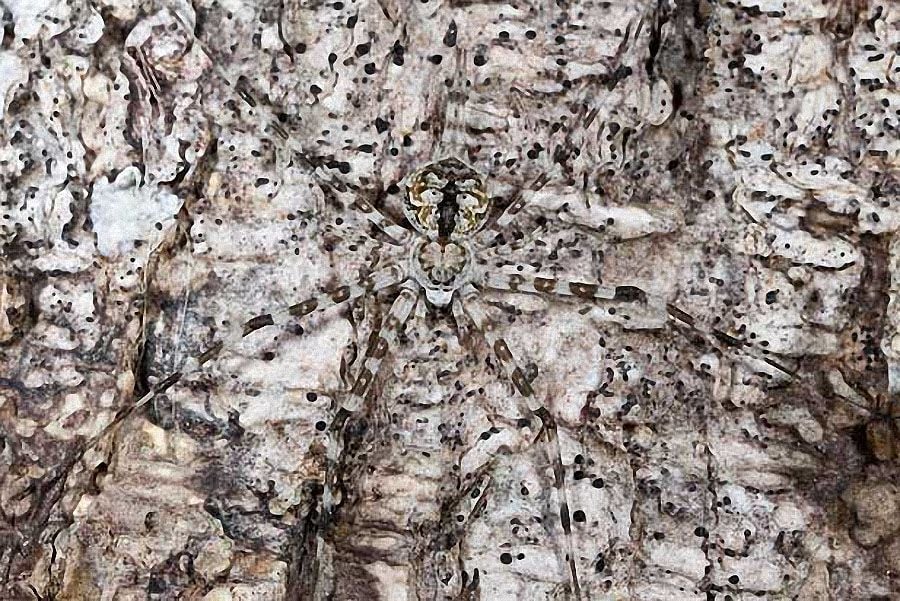


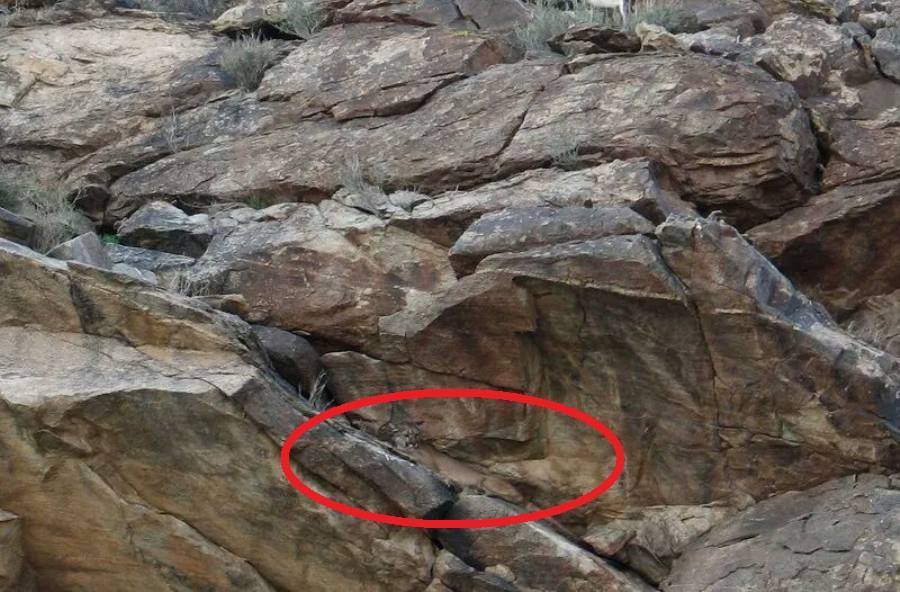
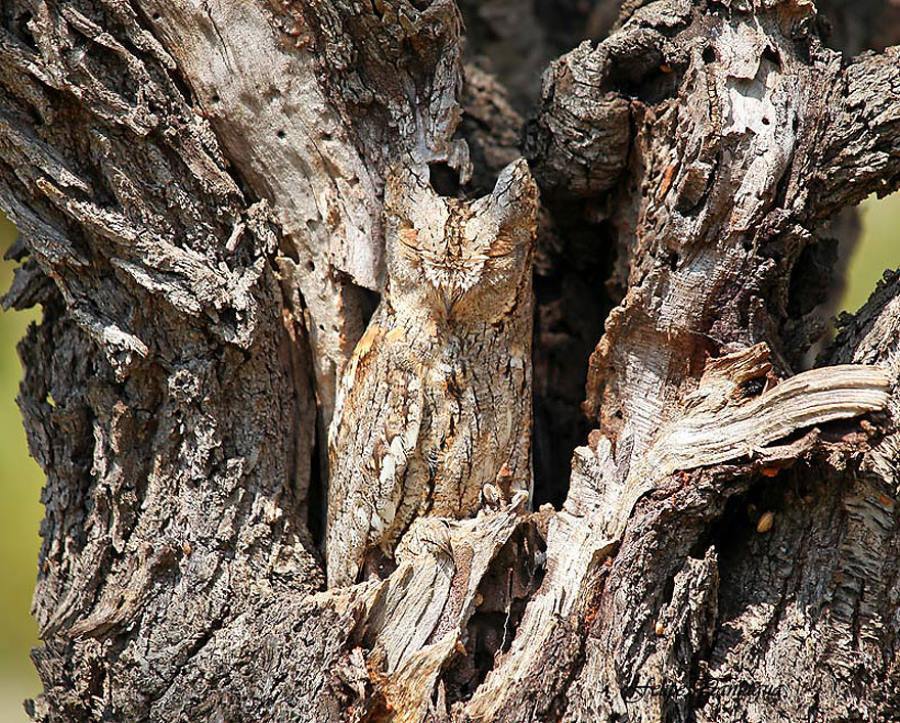
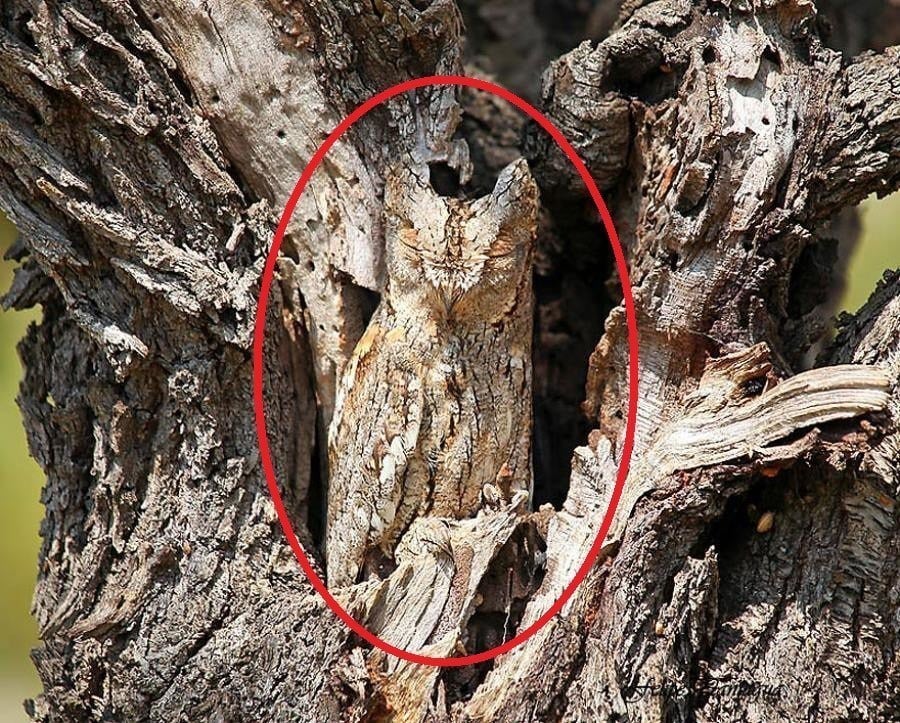

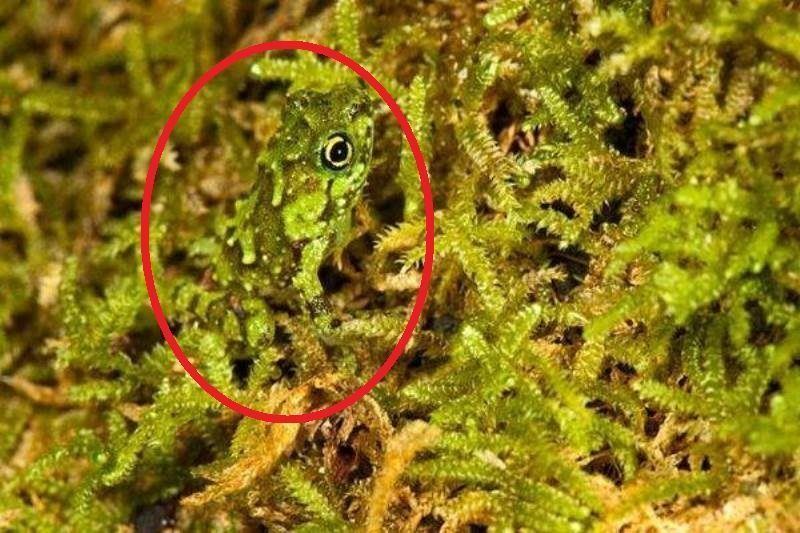

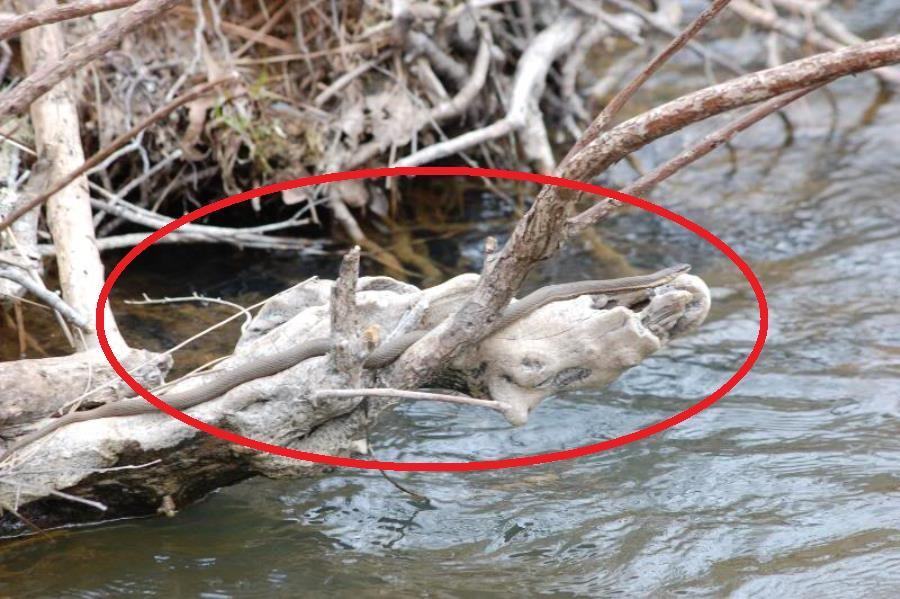
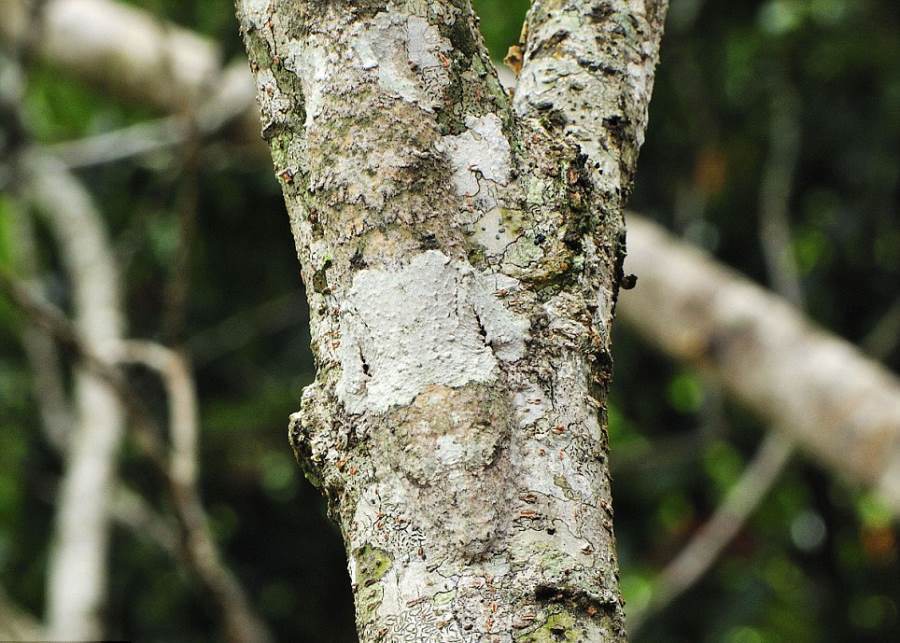


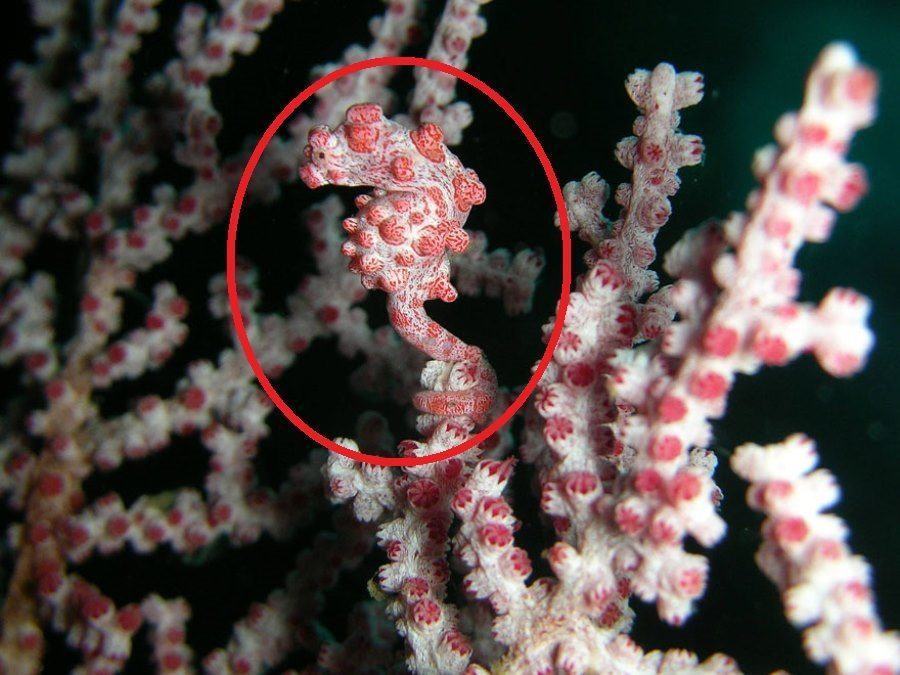
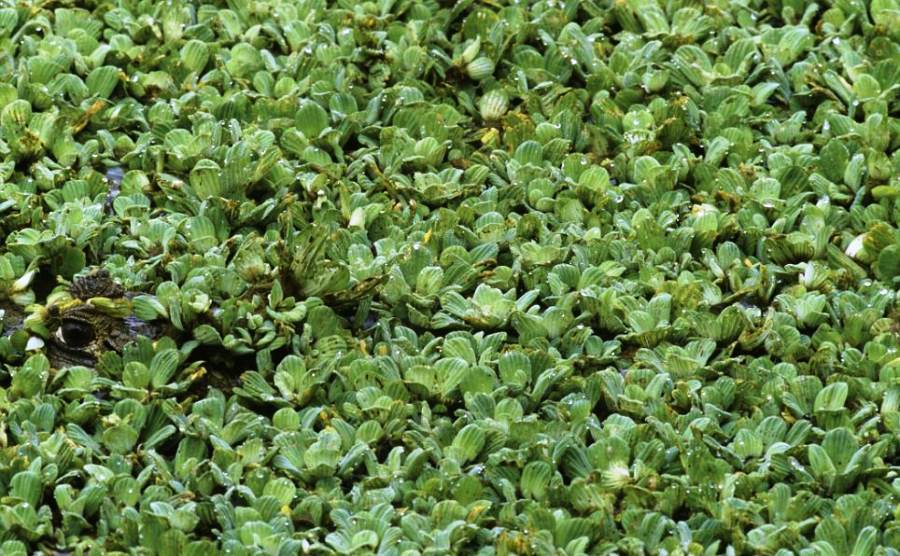

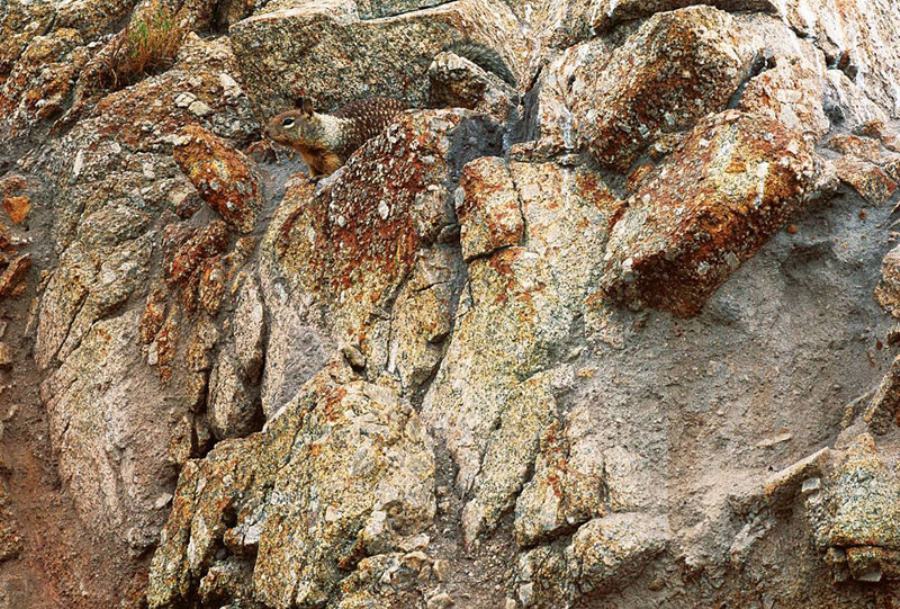




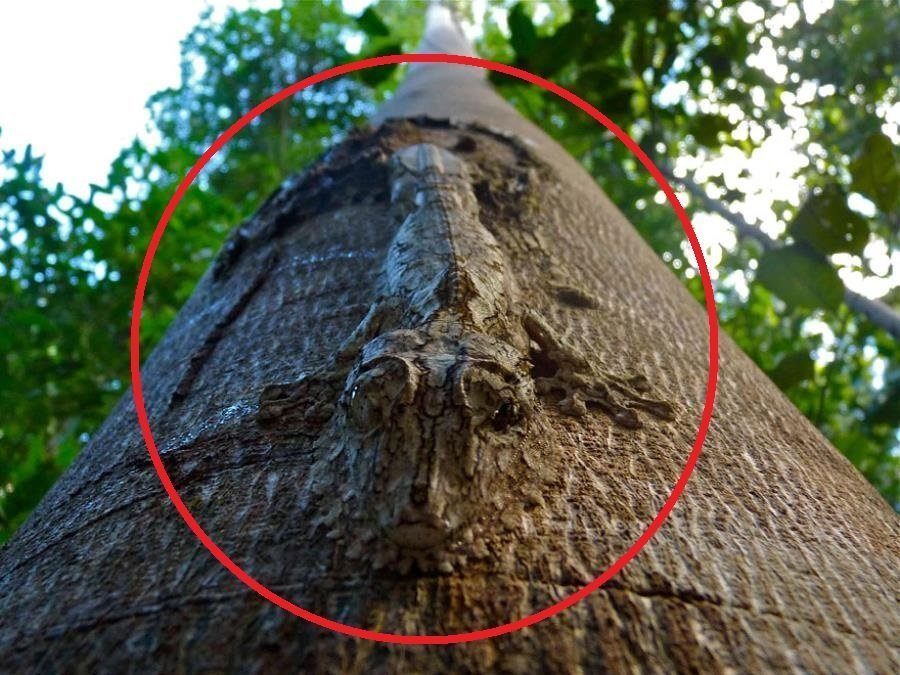
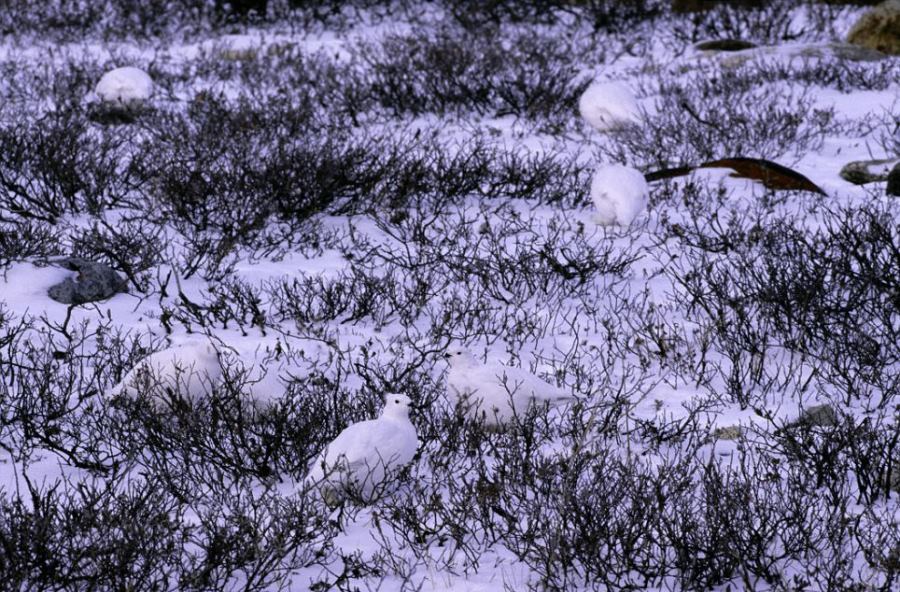



And if you liked this post, be sure to check out these popular posts:


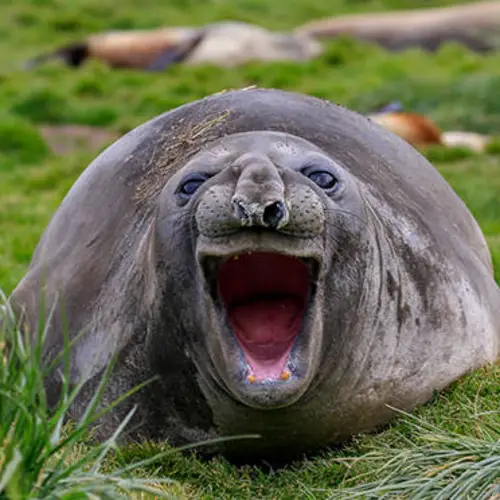
1 of 49
2 of 49
A Cheetah cub hides among the tall grasses of the Kalahari Desert in South Africa.
3 of 49
4 of 49
The coat of a coyote lends itself to disguise in a snowy field in Washington, USA.
5 of 49
6 of 49
Native to North America, bull snakes use constriction to attack and kill their primary prey, rodents.
7 of 49
8 of 49
An impala hides among vegetation in Chobe National Park, Botswana.
9 of 49
10 of 49
A blue dacnis rests in the flora in Panama.
11 of 49
12 of 49
Throughout the day, crab spiders will change their color scheme depending on where they're looking for prey. Here, a crab spider melds into the bark of a tree.
13 of 49
14 of 49
A lizard is virtually undetectable when hiding in verdant vegetation.
15 of 49
16 of 49
This frog is nearly invisible against the backdrop of a grey tree.
17 of 49
18 of 49
An iguana hangs out among the flora of Costa Rica.
19 of 49
20 of 49
A group of owlets peer out from their nest on the side of a cliff.
21 of 49
22 of 49
Found on the western coast of Australia, leafy seadragons use leaf-like protrusions to hide in the ocean.
23 of 49
24 of 49
A long-spinnered bark spider disguises itself in tree bark to ambush prey in Masoala Peninsula National Park, Madagascar.
25 of 49
26 of 49
A mountain lion takes a break in an alcove in the Rocky Mountains.
27 of 49
28 of 49
An owl makes perfect use of its surroundings to disguise itself.
29 of 49
30 of 49
A juvenile platypelis grands frog hides among the ground vegetation of a forest in Madagascar.
31 of 49
32 of 49
Found primarily in the southern United States, queen snakes reside by streams where they feed on their primary prey, fresh water crayfish.
33 of 49
34 of 49
The mossy leaf-tailed gecko is a professional when it comes to ambushing prey in the wild.
35 of 49
36 of 49
Pygmy seahorses -- whose primary environment are the coral reefs of southeast Asia -- use their size (no longer than an inch long) and color to evade predators.
37 of 49
38 of 49
A spectacled caiman -- a mid-size crocodile indigenous to South America -- hides itself in Venezuela.
39 of 49
40 of 49
A California ground squirrel blends into the surrounding rocky environment.
41 of 49
42 of 49
Three leaf-litter toads blend into the forest floor in Panama.
43 of 49
44 of 49
A mossy leaf-tailed gecko hides by blending into a tree trunk in a tropical forest in Madagascar.
45 of 49
46 of 49
White-tailed ptarmigans are perfectly adapted for the snowy confines of Manitoba, Canada.
47 of 49
48 of 49
A Mediterranean octopus uses its color and texture to mimic the ocean floor.




24 Mesmerizing Examples Of Animal Camouflage In The Wild
View Gallery
And if you enjoyed these photos of animal camouflage, check out our other posts on macro photography and animal camouflage in action.





